Amazon Oil and Gas Drilling: A Toxic Legacy
Location:
Amazon biome: Brazil, Bolivia, Peru, Ecuador, Colombia, Venezuela, Guyana, and Suriname
Brazilian Amazon coast
Project Risks:
Environmental Destruction, Social Harm
Amazon Biome:
- Empresa Publica de Hidrocarburos del Ecuador (EP Petroecuador)
- Petroleos del Peru - PETROPERU SA
- China National Petroleum Corporation (CNPC)
- Empresa Nacional del Petroleo (ENAP)
- China Petrochemical Corporation (Sinopec Group)
- CPC Corporation Taiwan
- Repsol SA
- Pluspetrol Resources Corporation BV
- China Petroleum & Chemical Corporation (Sinopec Corp)
- Sinochem Group Co Ltd
- Tecpetrol Internacional SLU
- Frontera Energy Corporation
- GeoPark Ltd
- Gran Tierra Energy Inc
- PetroChina Company Ltd
- Korea National Oil Corporation (KNOC)
- POSCO Holdings Inc
- Posco International Corporation
- SK Inc
- SK Innovation Co Ltd
- PetroTal Corp
- YPF SA
- Canacol Energy Ltd
- PJSC Gazprom
- Atem Participacoes SA
- Petroleo Brasileiro SA – Petrobras
- Hunt Consolidated Inc
- Hunt Oil Company Inc
- Sonatrach SpA
- The Carlyle Group Inc
- SierraCol Energy Ltd
- Parex Resources Inc
- Ecopetrol SA
- Staatsolie Maatschappij Suriname NV
- TotalEnergies SE
- Yacimientos Petroliferos Fiscales Bolivianos SA (YPFB)
- YPFB Andina SA
- Petroquimica Comodoro Rivadavia SA
- Eneva SA
- ARROW Exploration Corp
Brazilian Amazon coast:
- China National Petroleum Corporation (CNPC)
- Petroleo Brasileiro SA – Petrobras
- Shell plc
- Chevron Corporation
- Enauta Participacoes SA
- Exxon Mobil Corporation
- Brava Energia SA
- BP plc
- Galp Energia SGPS SA
- Prio SA
approximate location
There is no climate stability without the Amazon Rainforest. In the age of bushfires and species extinction, companies are extracting oil all across the Amazon biome. With their projects, the oil companies are pushing the rainforest and its people to the brink.
In the Amazon River Basin lies the largest rainforest on Earth. The basin stretches across about 40% of the South American continent.14735 The Amazon biome spans 9 countries.15667 Numerous streams and rivers in Peru and Ecuador flow together to form the mighty Amazon River that twists and turns through the entire forest. No other river in the world carries as much water as the Amazon River.15669
Many of the streams that become the Amazon river begin in the mountains and forests of the Amazon Sacred Headwaters region. Jaguars, pink river dolphins, anacondas, howler monkeys and thousands of other animal species and unique plants are at home in this paradise. About half a million Indigenous people from 20 different Indigenous nationalities live alongside them in the Headwaters region.
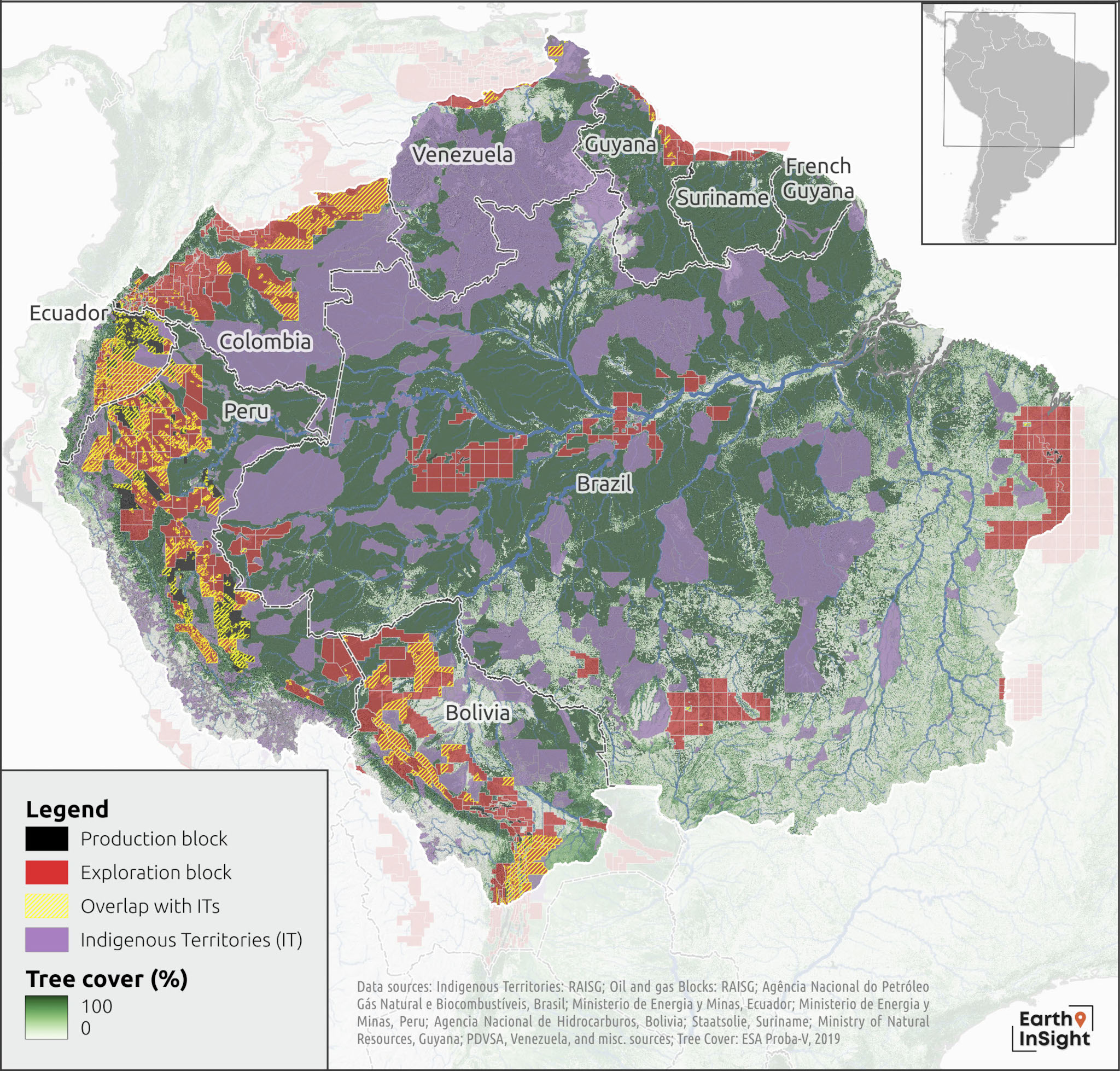
Notes on methodology: Reputational risk projects on GOGEL are updated annually. This article was last updated November 4 2025. This text covers companies with upstream activities in the Amazon. We use the definition of the Amazon biome provided by the Amazon Network of Georeferenced Socio-Environmental Information (RAISG). The definition combines ecological, hydrological and biogeographical boundaries for a holistic understanding of all the Amazon's interdependent parts. To cover the mouth of the Amazon river we include the Brazilian offshore area of the Amazon coast, as identified by Arayara. For more on the geographic definition, see https://www.raisg.org/en/infographic/ and https://monitor.en.amazonialivredepetroleo.org/.
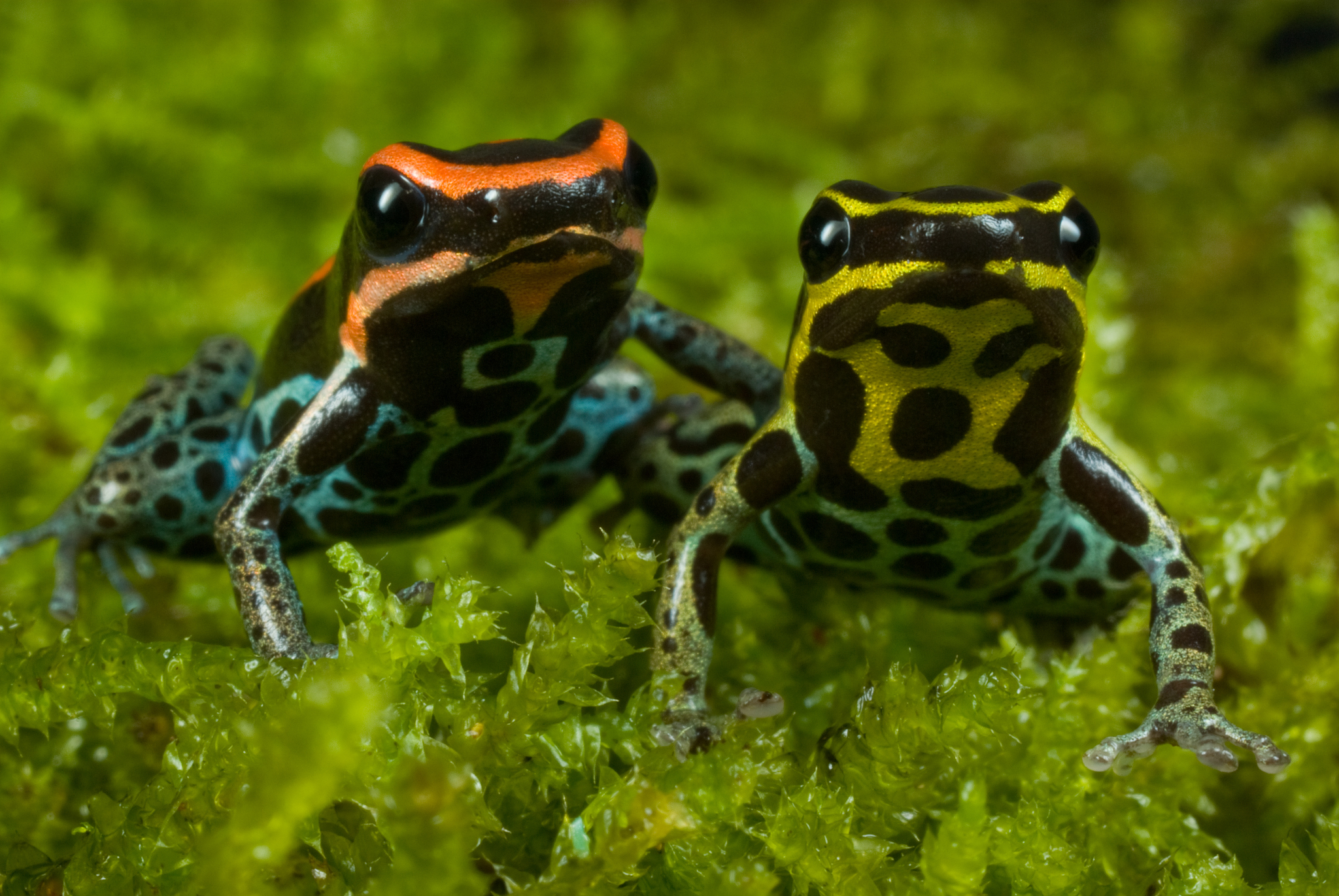
Under the lush forest, oil companies have discovered large deposits of oil. To access it, Petroecuador, Petroperú, CNPC, Gran Tierra and other companies are carving roads into the wilderness and ripping out old-growth trees. The oil producers are speeding up deforestation in the entire region. 20% of the forest in the Amazon region is already lost forever.15671 Scientists warn that we can no longer halt the destruction of the rainforest if deforestation in the eastern, southern and central Amazon exceeds this figure.1473715673 This would inevitably turn the Amazon rainforest into a savanna.
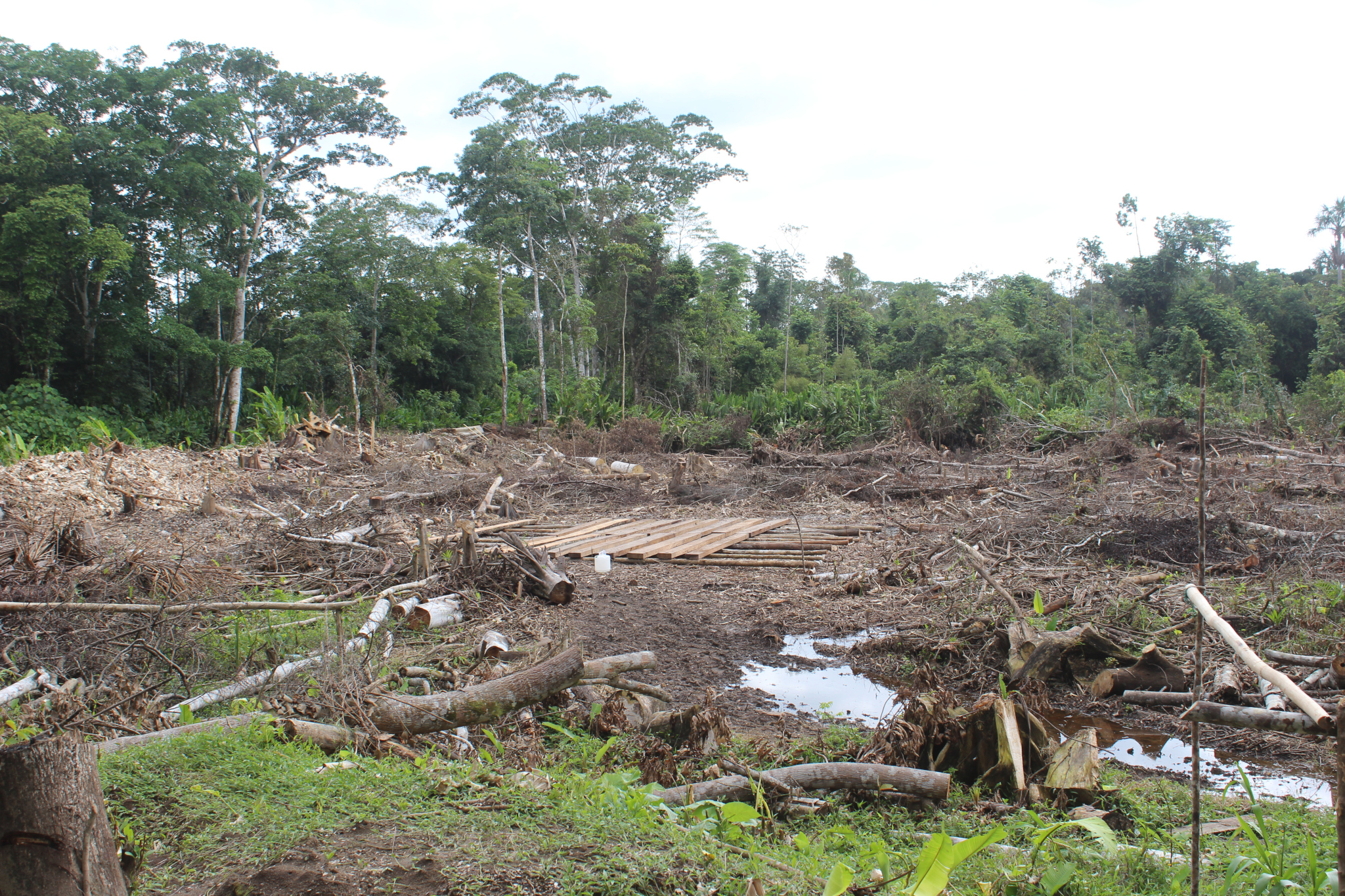
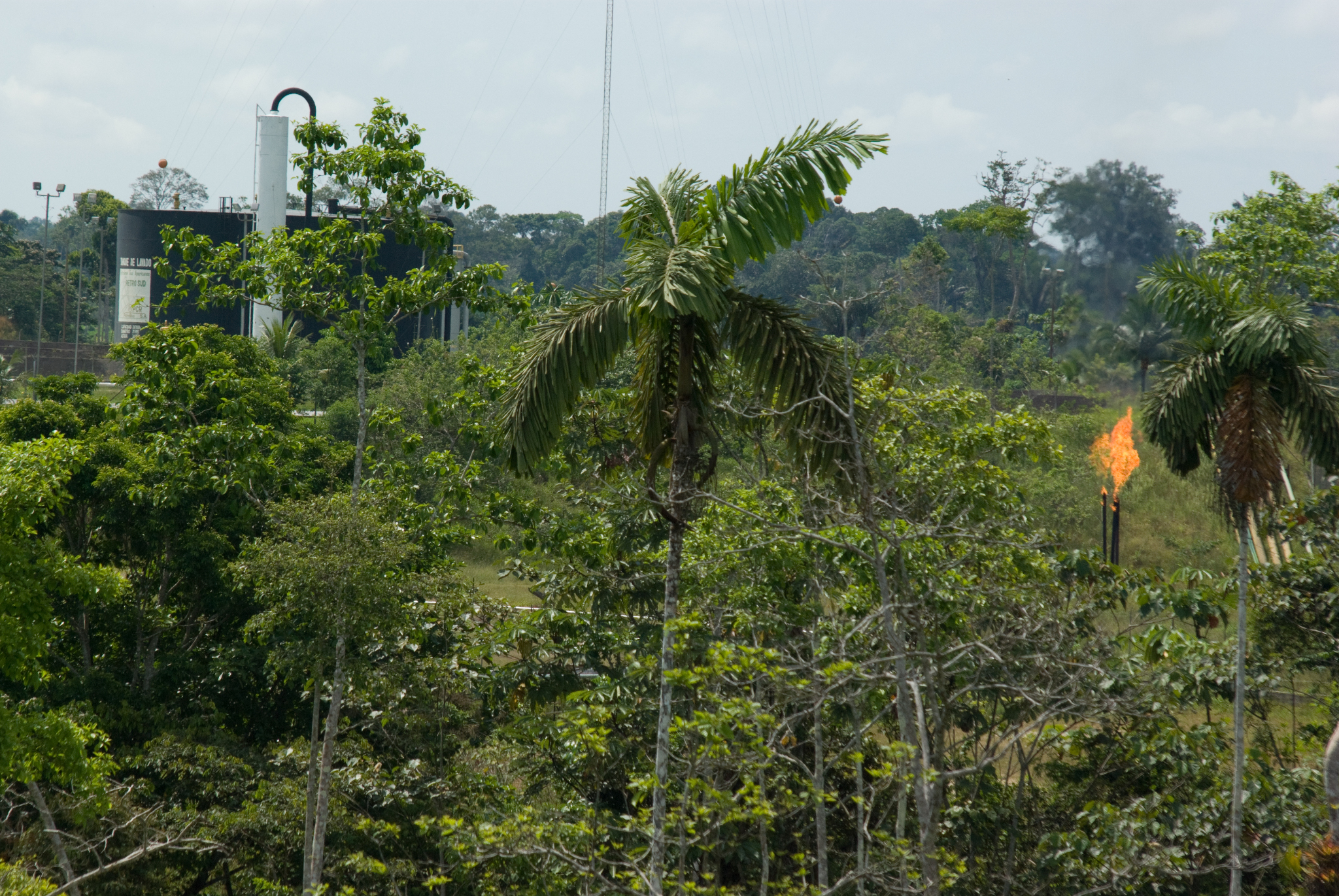
Country Cases:
Ecuador: Pipeline Curse
Oil companies have a toxic legacy in the Ecuadorian part of the Amazon. Recent oil spills in the country are an alarming reminder that oil and gas companies have in no way learned from their destructive history. In April 2020, oil companies caused Ecuador's worst oil spill in 15 years in the rainforest.14741 The oil polluted hundreds of miles of river and destroyed the livelihoods of 27,000 Indigenous people in Ecuador.1474314745 In January 2022, history repeated itself. More than a million liters of heavy oil gushed out of a pipeline operated by the private company OCP. It poured into the rainforest in the Napo province in Ecuador, the same region that was hit by the 2020 spill. Impossible to stop, the thick black oil flowed over soil and rocks and into the nearby river Coca. The oil poisoned the water of at least 150 families and spread into the Cayambe Coca National Park.14747
For each new road they construct and pipeline they lay, oil and gas companies are making their own business riskier. The ongoing deforestation ro make way for oil and gas infrastructure and other industrial activities intensifies soil erosion. Rain washes the river banks away. Mudslides become more likely. The risk of accidents increases. Rocks, mud and the moving ground tear holes in pipelines and damage other infrastructure. Critics question whether oil and gas companies have taken the measures necessary to protect their infrastructure.14749
Oil and gas resistance in the Ecuadorian Amazon has expanded into national courtrooms and sparked international campaigns. All the way to Ecuador’s highest court, an alliance of Indigenous organizations demanded a greater say on extraction projects. In February 2022, they won. The supreme court judges decided that oil, gas and mining projects cannot go through if affected communities do not agree.14765 With the court’s backing, indigenous people now guard their lands from bulldozers and excavators.14767 In August 2023, the resistance movement against oil and gas celebrated its biggest victory to date. 59% of voters supported a historic referendum to ban oil extraction in block 43 in Yasuní National Park.15687 This means 850 million barrels of oil located below a paradise of biodiversity will have to stay in the ground.15689 However, the struggle is not over. The government and national oil company Petroecuador are delaying the closure of wells.23352 The country’s president evenvoiced interest in revisiting the decision altogether.19470 In addition, at least 8 other oil blocks overlap Yasuní.15685 Here, Petroecuador continues to build new platforms, wells, and roads inside the park in the territories of isolated Indigenous peoples.14769
To defend the will of the Ecuadorian people, civil society groups have turned to the Inter-American Commission on Human Rights (IACHR) for support. The Commission has repeatedly emphasized Ecuador’s government of its obligations to protect Indigenous peoples in the park.23353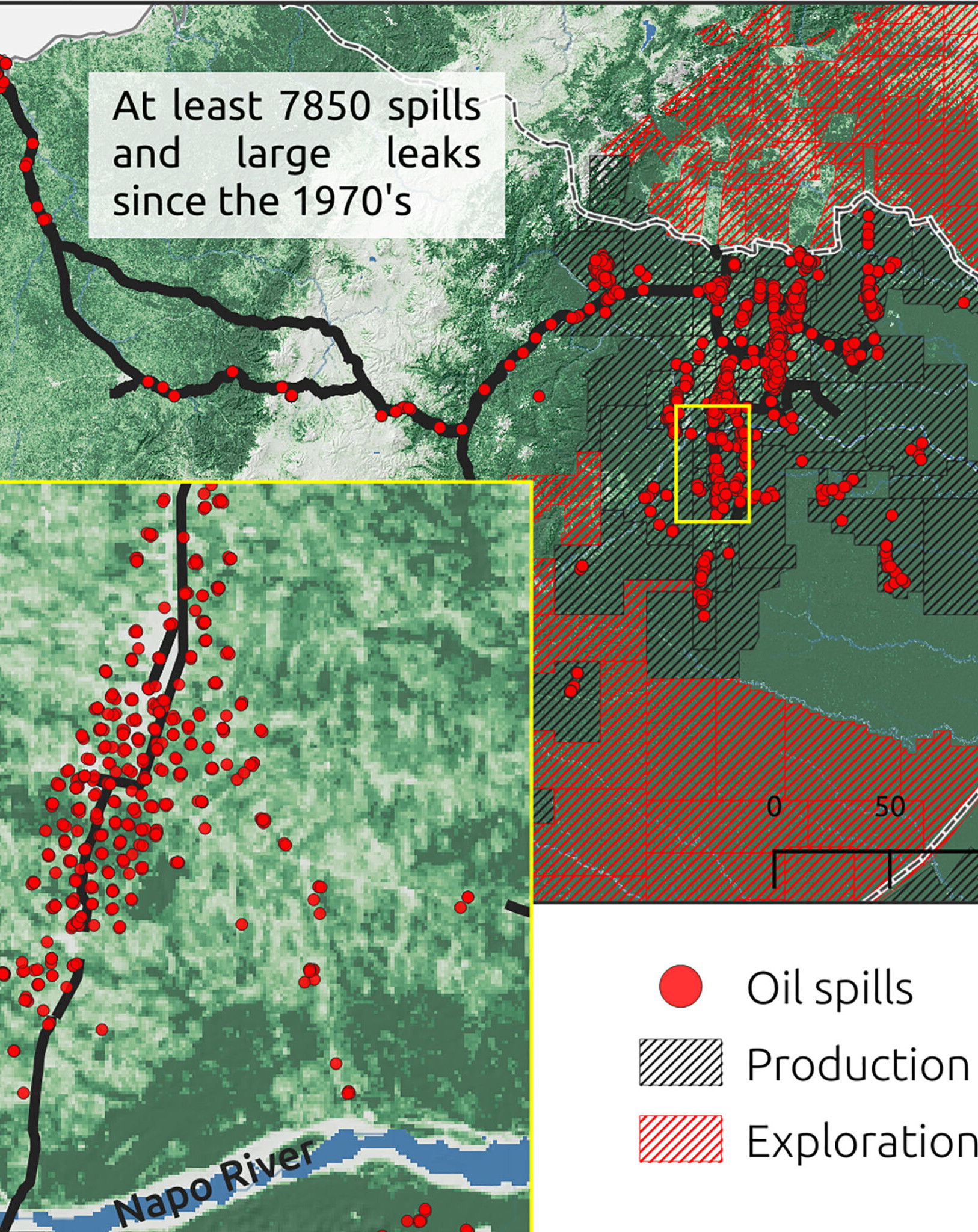
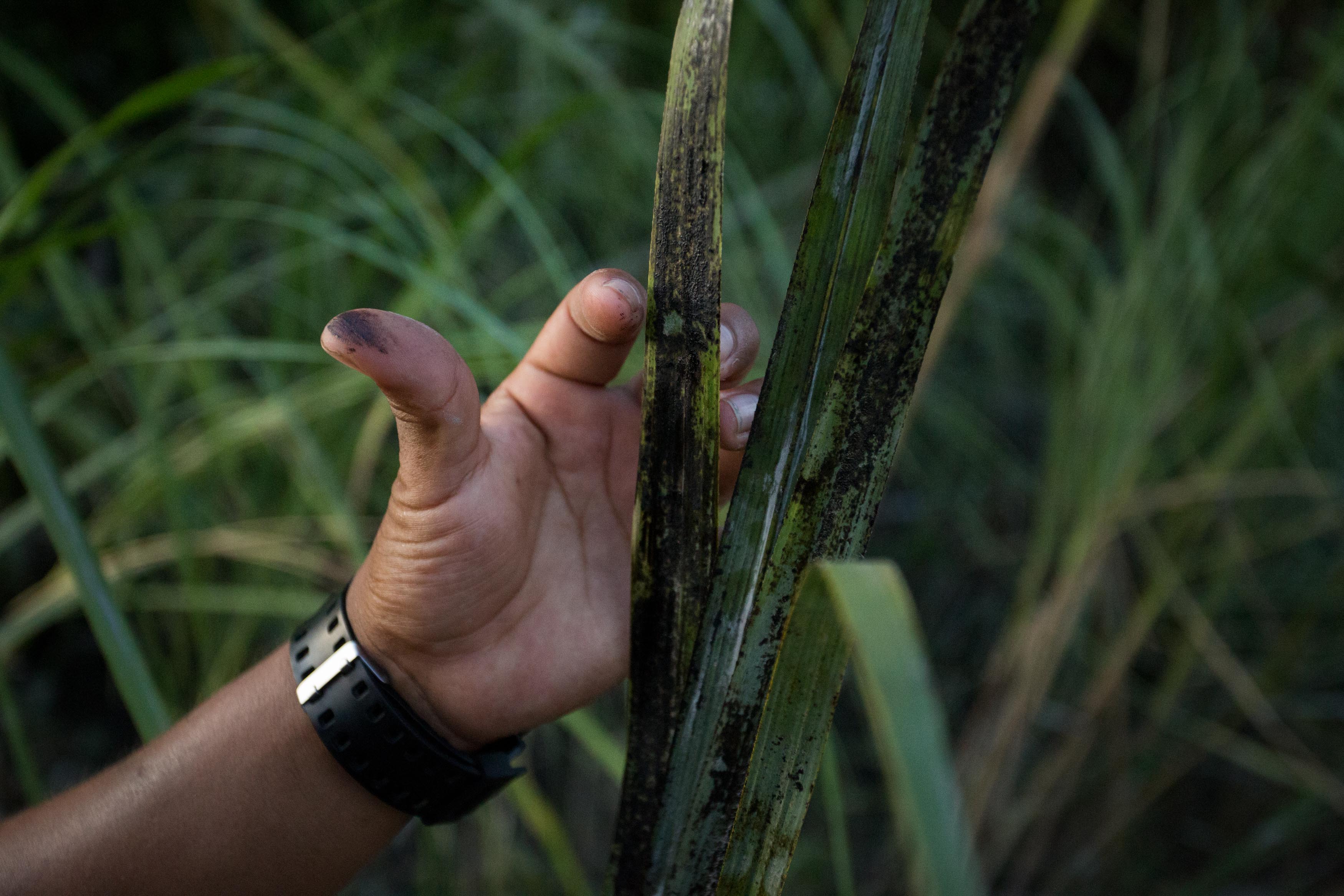

Peru: Fines Finally Piling Up
In the Peruvian Amazon, oil companies happily exploited the lack of environmental regulation and protection of Indigenous peoples in the 1990s and 2000s. Oil companies such as Pluspetrol Norte, Occidental Petroleum and others took advantage of low environmental standards and disregarded Indigenous rights.1475115675 Many Indigenous people live less than an hour’s walk away from oil production sites. 38 of the 47 blocks up for auction in 2025 overlap with protected areas and Indigenous reserves.23364 Researchers have found that the closer people live to the oil sites, the more frequently they suffer from cancer and high lead levels in their blood.15677 This is especially scary for children because high lead levels can severely harm their development.15679 In more recent years, the Peruvian Environmental Agency has been at the companies’ heels. Between 2011 and 2021, Pluspetrol Norte alone had to pay more than USD 47 million in fines for environmental destruction.14755 Still, the dirty practices continue.1475715683
In some Indigenous communities in Peru, the fight against oil and gas drilling on their lands is becoming a lifelong task. One prominent example of Indigenous resistance against oil production in the Amazon rainforest is the persistent fight of the Achuar People of the Pastaza River and the Wampis Nation. For three decades, they have effectively defended their lands against the attempts of international oil companies, such as Oxy, Talisman, and Geopark, to drill for oil in concession block number 64. The block encroaches upon the land of 22 Indigenous communities.23354 When state-owned Petroperú voiced interest in the block, they were ready. Petroperú is infamous for its history of pipeline spills and destruction.1477115691 In 2025, the company admitted that it had not received a single bid to develop block 64, marking yet another milestone for the Indigenous resistance.23355 Oil companies eager to expand into the Amazon have tried to spread distrust and division within the Indigenous communities to prevent resistance.15693 However, the Achuar People of the Pastaza River and the Wampis Nation have kept up the fight.14773 Persistent protests and blockades all across the Peruvian Amazon are slowly pushing fossil fuel companies and investors away.15697
The Peruvian courts have not been of much help for the long-lasting fight of Indigenous communities.15699 In 2021, the highest Peruvian court turned down a case filed by the Achuar Indigenous people against oil and gas activities on their land. The judgment undermines affected communities’ rights to free, prior, and informed consent.14775 However, the resistance will not end there. The Achuar People plan to overturn this judgment in the Interamerican system. They filed a petition to the Inter-American Commission on Human Rights (IACHR).14777
Brazil: Oil blocks from the forests to the sea
Brazil is home to the largest part of the Amazon rainforest. The Amazon River flows into the ocean off the Brazilian coast. The mouth of the Amazon creates perfect conditions for mangroves and, to researchers’ astonishment, a 9,300 km2 (3,600 m2) coral reef system.19464 Currently, 451 oil blocks are threatening the Brazilian Amazon.23356 Nearly 25% of the reef system hidden below the opaque waters at the Amazon River’s outflow now overlaps with oil and gas blocks.19465 Brazilian oil company Petrobras is pushing forward with its plans for offshore exploration in the vulnerable environment. Several Indigenous communities and civil society groups complain that Petrobras has failed to adequately consult affected communities. They have launched legal actions and public protests to make sure government agencies are doing their job protecting Indigenous rights and the environment.194671946819469 The independent environmental agency denied the company permit to drill once.19466
owever, after the company appealed the decision, the federal body gave in. 29 of the agency’s own technical experts oppose the decision. In the case of a spill, it would be virtually impossible to rescue animals on time since no ports for large vessels exist along the coastline.2335723358 Following the decision on the permit, other oil companies, like ExxonMobil and Chevron, have scrambled to get their hands on blocks in the biodiversity paradise.23359 The 2025 Brazilian oil auction opened 21,900 km2 of seabed around the mouth of the Amazon for oil expansion.23360 No oil auction in Brazil proceeds without public protest.23361 In October 2025, Brazilian environmental organization Arayara and other NGOs sued Petrobras over drilling in at the mouth of the Amazon.23362 The tireless work of Indigenous peoples and environmental defenders is a key reason why Indigenous land and areas close to the Fernando de Noronha UNESCO World Heritage have been spared in recent auctions.
A Lifelong Fight
All across the Amazon biome, oil and gas blocks intrude on indigenous people’s lives. 20% of indigenous territories in the Amazon lie within an oil and gas block.15707 If they don’t already live in the middle of oil infrastructure, they know their communities could be the next target of expansion. Across the Amazon countries, Indigenous communities are fighting the oil companies. To force the unwanted guests out of the rainforest, they are organizing in different regional and global alliances like the Foro Social Panamazónico (FOSPA) or Alianza Ceibo.1475914761 With protests, blockades and lawsuits, they have already driven international companies like ConocoPhillips out of the Amazon rainforest.14763
To banish all oil companies from their home once and for all, Indigenous peoples and NGO allies are increasingly targeting financiers and investors.15701157031570523363 In July 2024, Citibank gave in to public pressure and adopted a policy limiting financing of projects in the Amazon.19471 The lifelong fights of Indigenous peoples across the Amazon guide the way to a fossil free future.
Groups working on the Amazon Sacred Headwaters: Aidesep, Coordinadora de las Organizaciones Indígenas de la Cuenca Amazónica, Pachamama Alliance, CONFENIAE - Confederación de Nacionalidades Indígenas de la Amazonía Ecuatoriana, ORPIO - Organización Regional de los Pueblos Indígenas del Oriente, Gobierno Territorial Autónomo de la Nación Wampís, Amazon Sacred Headwaters Initiative, Alianza Ceibo, Clínica Ambiental, Centro de Políticas Públicas y Derechos Humanos - Perú EQUIDAD, Unidad Territorio Justicia y Libertad, Amazon Watch, Stand.earth, SOMO, Oxfam Novib, If not us then who, Amazon Frontlines
Further Reading:
https://amazonwatch.org/assets/files/2019-12-amazon-sacred-headwaters-report.pdf
https://amazonwatch.org/assets/files/2022-09-petroperu-risk-assessment.pdf
https://www.earth-insight.org/wp-content/uploads/2022/12/Crisis-Point-Oil-and-Gas-Expansion-Threats-to-Amazon-and-Congo-Basin-Tropical-Forests-and-Communities-Dec-2022-1sm.pdf
Sources:
the free, prior, and informed consent of the people living in the area:
https://amazonwatch.org/assets/files/2022-09-petroperu-risk-assessment.pdf
community’s opposition against Pluspetrol and other oil and gas
companies active in blocks 192 and 8:
https://amazonwatch.org/assets/files/2022-09-petroperu-risk-assessment.pdf
“In any case, the right to prior consultation emanates from Convention 169,
which does not grants the character of a fundamental right, so it cannot be inferred
that it is of a right of such dimension and less that has constitutional rank.”